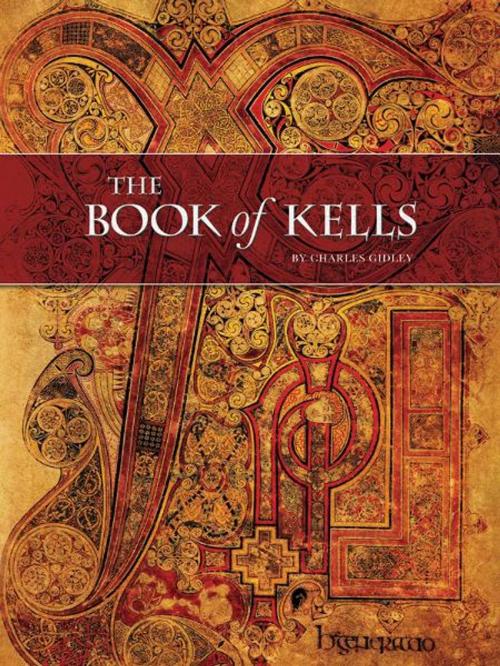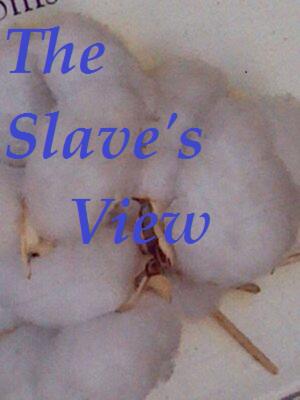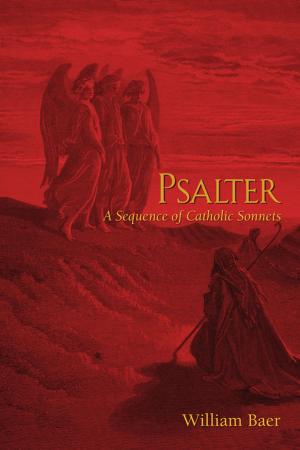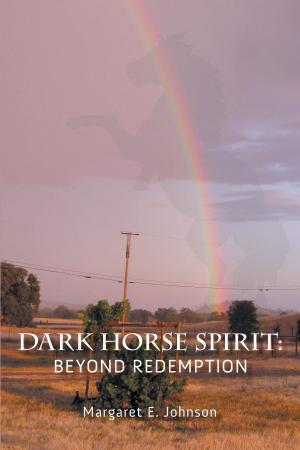The Book of Kells
*BARGAIN FULL EDITION
Nonfiction, Art & Architecture, General Art, Art History, Religious| Author: | Charles Gidley | ISBN: | 9781608637201 |
| Publisher: | Arina Books | Publication: | June 1, 2011 |
| Imprint: | Language: | English |
| Author: | Charles Gidley |
| ISBN: | 9781608637201 |
| Publisher: | Arina Books |
| Publication: | June 1, 2011 |
| Imprint: | |
| Language: | English |
The Book of Kells is Ireland's greatest national treasure. This late eighth century illuminated manuscript of the four Gospels is named after the monastery at Kells where it resided for most of the Middle Ages. It is currently housed in the library of Trinity College, Dublin, where it has been for the last 350 years. The manuscript comes out the Irish monastic tradition, which was responsible for preserving and transmitting the tradition of classical learning that had disappeared from most of Europe after the fall the Roman Empire. It is unequivocally its finest example. As it stands now, it consists of 339 vellum leaves. Some introductory pages and the last chapters from the Gospel of John had vanished when the book, stolen from the Kells Monastery in the late eleventh century, was eventually recovered. The unique worth of the manuscript lies in its magnificent illustrations and fascinating ornamentation. It boasts a number of full page illustrations, including the first known representation of a Madonna and Child in an illuminated manuscript, and most of the Gospel pages are adorned with delightful illuminated capitals and marginal and interlinear illustrations. These comprise abstract geometrical designs, and human and animal figures of all stripes. By turns playful and solemn, the abundant ornamentation acts at times as commentary, orienting the reader and reinforcing the message of the Gospels. At other times its dazzling richness may simply be expressive of the artistic impulses of the unknown monks who created it. This edition has the benefit of a clear and authoritative introduction by Charles Gidley that provides the reader with background and context and the tools necessary to enter into this strange and magical world. Over fifty of the most striking pages are meticulously reproduced at full size to show the depth of color and intricacy of design. The extraordinary care and devotion that are evident throughout the Book of Kells make clear that its makers saw their creation as a devotional object whose primary object was to reveal the message of Jesus Christ and reflect God's majesty.
The Book of Kells is Ireland's greatest national treasure. This late eighth century illuminated manuscript of the four Gospels is named after the monastery at Kells where it resided for most of the Middle Ages. It is currently housed in the library of Trinity College, Dublin, where it has been for the last 350 years. The manuscript comes out the Irish monastic tradition, which was responsible for preserving and transmitting the tradition of classical learning that had disappeared from most of Europe after the fall the Roman Empire. It is unequivocally its finest example. As it stands now, it consists of 339 vellum leaves. Some introductory pages and the last chapters from the Gospel of John had vanished when the book, stolen from the Kells Monastery in the late eleventh century, was eventually recovered. The unique worth of the manuscript lies in its magnificent illustrations and fascinating ornamentation. It boasts a number of full page illustrations, including the first known representation of a Madonna and Child in an illuminated manuscript, and most of the Gospel pages are adorned with delightful illuminated capitals and marginal and interlinear illustrations. These comprise abstract geometrical designs, and human and animal figures of all stripes. By turns playful and solemn, the abundant ornamentation acts at times as commentary, orienting the reader and reinforcing the message of the Gospels. At other times its dazzling richness may simply be expressive of the artistic impulses of the unknown monks who created it. This edition has the benefit of a clear and authoritative introduction by Charles Gidley that provides the reader with background and context and the tools necessary to enter into this strange and magical world. Over fifty of the most striking pages are meticulously reproduced at full size to show the depth of color and intricacy of design. The extraordinary care and devotion that are evident throughout the Book of Kells make clear that its makers saw their creation as a devotional object whose primary object was to reveal the message of Jesus Christ and reflect God's majesty.















